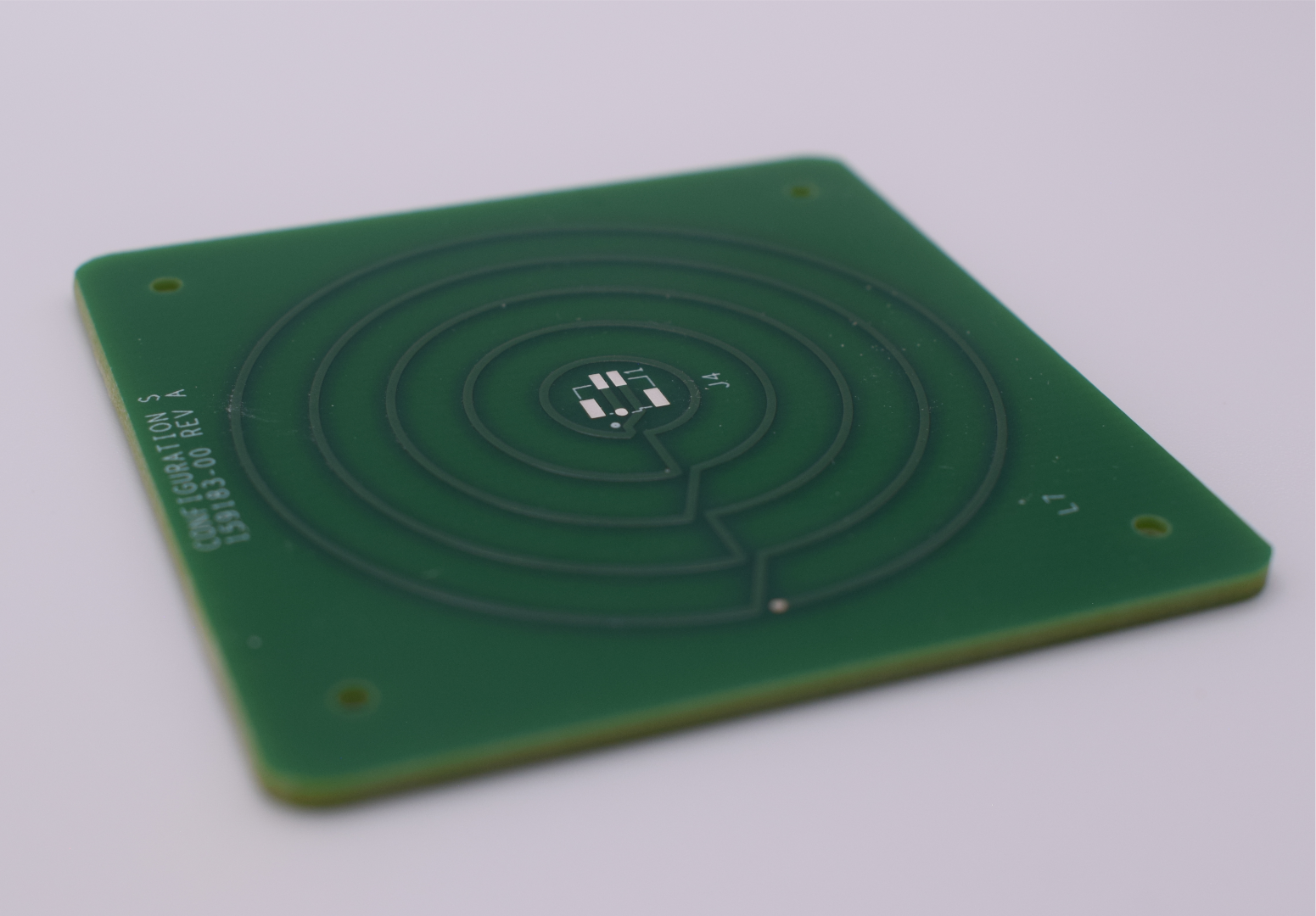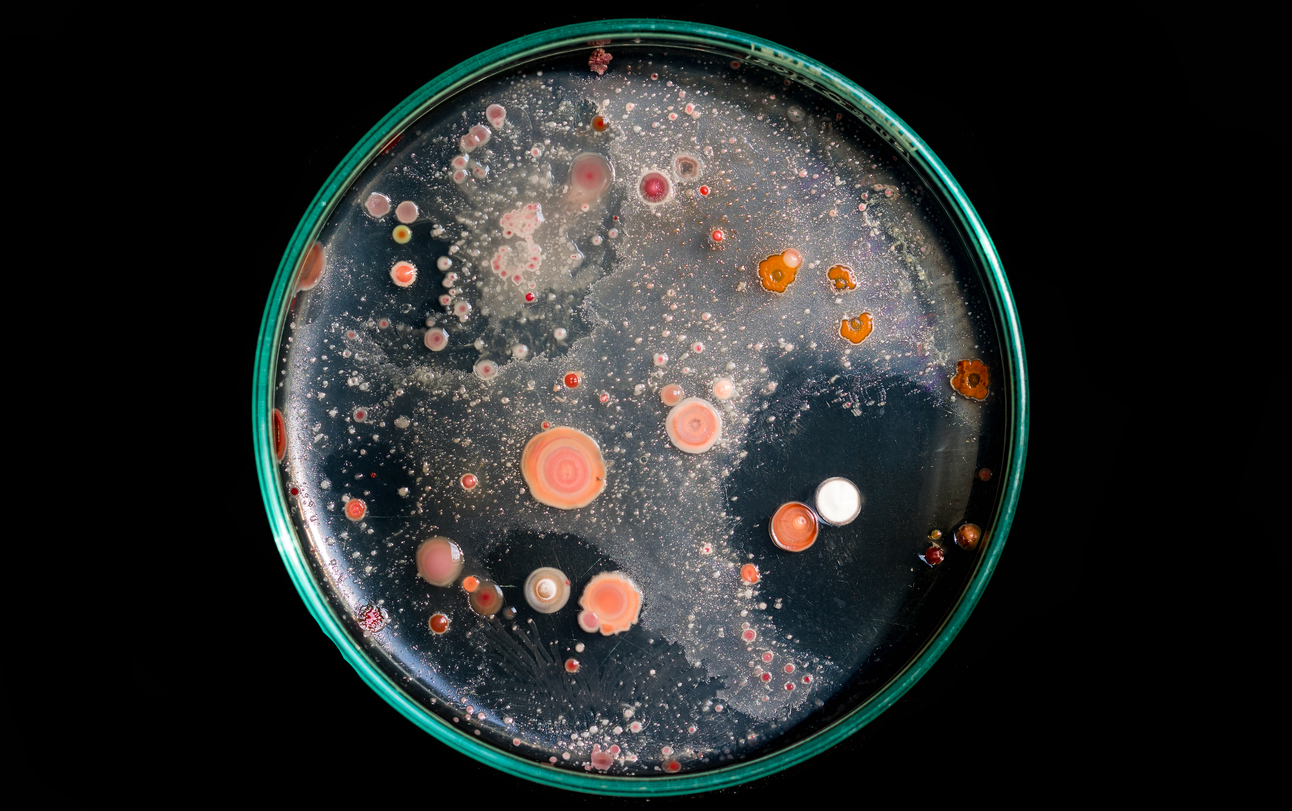Introducing the TC‑X1
By default, sensitive in the range 0.5 ‑ 350 mS/cm
Precise to +/- 0.5 mS/cm
On sale now for $595
The TC‑X1 is a new sensor that makes measuring electrical conductivity easy. Traditional conductivity meters are limited to simple, easily-handled liquids and require careful calibration. The TC‑X1 is perfect for measuring conductivity for any material that you couldn't before, or measuring the old samples quicker and cheaper than ever.
Order Now!
Measure the Conductivity of Anything
Non-contact Means Safety and Durability
The TC‑X1 can safely measure the conductivity of any sample that can be put on top of the sensing surface - including cement, biological samples, or radioactive goo. The TC‑X1 doesn't foul, wear out, or lose accuracy over time - just remember to charge the battery!
Request a demoSee Case Study
Calibration-Free Sensing
No calibration is needed when using a standard petri dish to contain the sample. Use any container with the help of Tayos.
Do More with the TC‑X1Hands-off Readings
Get more measurements on more materials
The TC‑X1 is designed to take readings on materials typically too challenging for any other method that requires insertion of a probe into the material or extensive prior calibration. Some examples of materials include:
- Solid Salt Solutions
- Cell and bacterial cultures or other biological material
- Soils, clays, muds, and gravels (partially to fully saturated)
- Cement and cement paste
- Sewage, animal, or other semi-toxic/hazardous wastes
- Paint, paste, or slurries
- Concentrated aqueous electrolytes and mixtures of strong acids or bases

Place and Measure
Lose the expensive electrodes
Using the TC‑X1 is simple: just fill a petri dish with your sample and place it on the sensor coil. Cutting-edge firmware and hardware design uses new quantitative calculation techniques to read electrical conductivity. Our sensor is ideal for non-magnetic specimens in non-conductive cylindrical vessels centered above a short solenoidal coil like in the TC‑X1.
See more in the IEEE Sensors Journal.
Order NowRead More Research